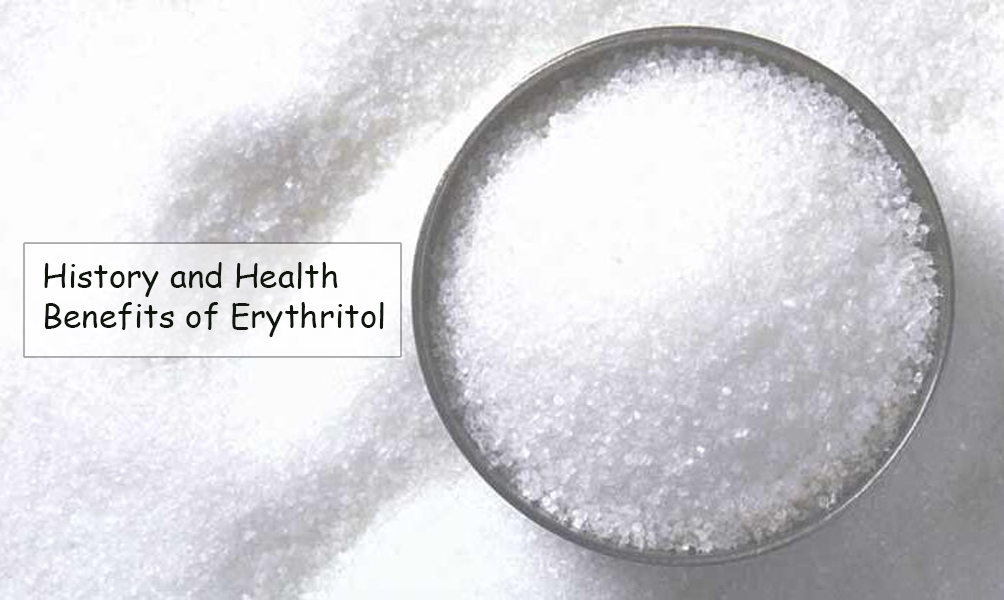The existence of erythritol has not been established, but it is possible to speculate that erythritol has been around for as long as grapes, peaches, pears, watermelons and mushrooms. It is a type of carbohydrate called a sugar alcohol that people can use as a sugar substitute. It is only 0.7 times sweeter than sugar.

Erythritol occurs naturally in some foods. It is also made when wine, beer and cheese are fermented.
In addition to its natural form, erythritol has been used as an artificial sweetener since 1990. You can find it in stores and online along with other sugar substitutes.
It’s also sold in large quantities to companies that use it to sweeten or thicken products, such as low-calorie and sugar-free foods and beverages. You will often find it mixed with other sugar substitutes (such as aspartame, stevia extract, monk fruit extract, L-arabinose, allulose) to achieve a 1:1 sugar sweetness.
Sugar has 4 calories/gram, but zero erythritol. That’s because your small intestine quickly absorbs it and excretes it in your urine within 24 hours. This means that erythritol has no chance to be “metabolized” – converted into energy in your body.
Although erythritol is one of the newer sugar substitutes on the market—xylitol and mannitol have been around for longer—researchers have conducted multiple studies in animals and humans to ensure it is safe for humans No side effects. The World Health Organization (WHO) approved erythritol in 1999 and the FDA in 2001.